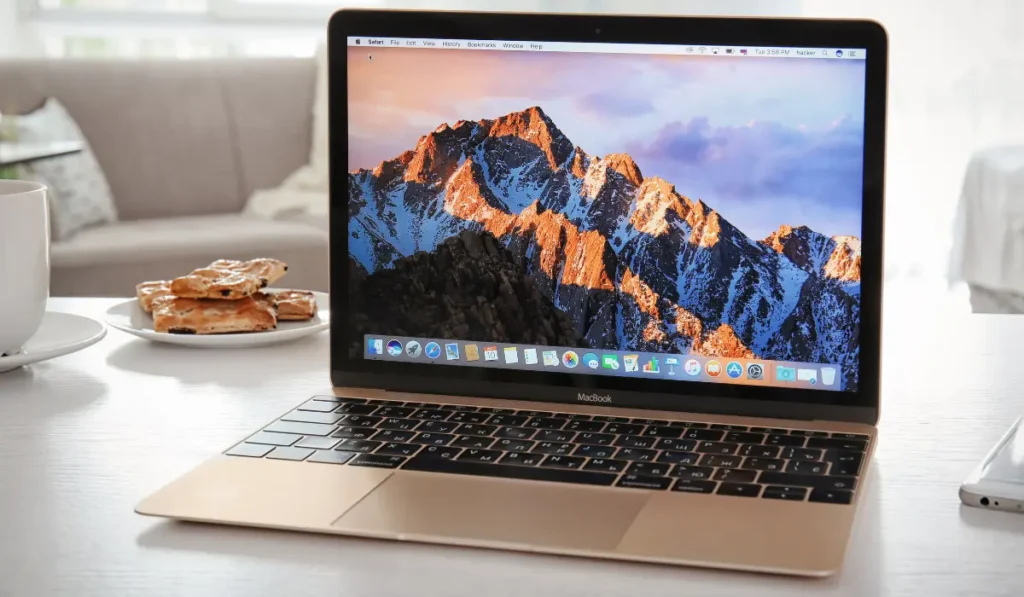Did you know that junk files, caches, and old backups can account for up to 90% of disk usage? If left uncleared, they could take up too much space on your macOS startup disk, leading to a slow-performing device. For your Mac to operate efficiently, having enough disk space is very important. Discover five effective ways to free up space on your macOS startup disk and keep your computer running smoothly. The following tips will help to optimize space on your Mac.
5 Ways to Free Up Space on Your macOS Startup Disk:
1. Eliminate Duplicate Files
Duplicate files can be a major problem for those looking to free up space on their macOS startup disk. These redundant files can accumulate over time, taking up valuable storage space without you noticing.
The good news is that tools are available to help you quickly identify and eliminate these duplicate files. One such tool is MacKeeper Duplicate Finder, a user-friendly software that helps you find and delete duplicate files with ease.
Here are the steps to use MacKeeper Duplicate Finder to clear duplicate files from your macOS startup disk:
- Download and install the software on your Mac
- Open Duplicate Finder and scan all folders for duplicate files
- Once the scan is complete, duplicate files will be displayed in the results window, and the software will automatically select all duplicates for removal.
- However, you can manually select the duplicates you wish to delete.
Removing duplicate files can be a complex process, and caution is important when selecting files for removal. MacKeeper Duplicate Finder makes this process straightforward, helping you free up valuable storage space and keep your macOS startup disk running smoothly.
See Also: 10 Secret Features Hidden in Mac PC
2. Delete Large, Unnecessary Files
Removing big, unwanted files is the quickest and easiest way to restore space on your Mac. However, you must be sure the files are no longer important. Here are a few steps on how to free up space on your Mac by removing large files from your Mac’s startup disk:
- Select About This Mac from the Apple menu
- Click on the Storage tab, then the Manage button
- On the left sidebar, select Documents
- Select the Large Files tab to sort files by size later
- Choose an unwanted file and then click on Show Finder
- While in Finder, control-click the file and select Move to Trash.
3. Remove Downloaded Media Files
Media files such as TV shows, movies, music, books, and podcasts take up a significant amount of storage space on your Mac’s startup disk. To free up this space, you need to delete files you no longer need.
Here are the steps to do so:
- Click on the Apple menu and select About This Mac
- Select Storage from the resulting window and click Manage
- On the left sidebar, select the category of media files you wish to delete
- Choose all the downloaded media you wish to remove and click Delete.
Remember that this method only applies to Mac computers running macOS 10.15 Catalina or later. Additionally, once you delete these files, they will not be recoverable. So, back up all important files to an external drive before proceeding.
Must Read: 15 Procreate Alternatives Macbook
4. Empty the Trash
Don’t let deleted files clutter your valuable disk space and slow down your Mac! Follow these simple steps to quickly and easily empty your Trash and improve your device’s performance.
- Open Trash on your Mac
- Select specific files or choose to delete all files
- Control-click and choose the Delete Immediately option.
Another option is to control-click Trash in the dock and select ‘Empty Trash’. For added convenience, you can set your Mac to empty the Trash when needed automatically. Keep your device running smoothly by regularly clearing out old, unnecessary files.
5. Delete Inactive Apps
Over time, you may have installed many apps that take up precious space without adding value.
Here’s how to get rid of them and make the most of your device:
- Open Finder and go to the Applications folder
- Review your list of installed apps and identify those you no longer use
- Control-click on the app you want to uninstall
- Choose Move to Trash from the options
- Repeat this process for all inactive apps.
Some built-in apps like Mail, Photos, Messages, and Safari can’t be deleted. However, you can still free up space by uninstalling third-party apps that you no longer need.
You May Like: Pokemon Go Spoofing on iOS Devices [Ultimate Guide]
Conclusion
Freeing up space on your Mac’s startup disk is important for maintaining your computer’s performance and overall health. It’s important to periodically check your disk usage and perform these maintenance tasks as needed to ensure your Mac continues to perform at its best.
Harry O’Neill writes about all things tech, SaaS, and marketing at Solution Suggest. He’s known for turning complex ideas into clear, actionable insights. With experience working alongside top-tier companies worldwide, he helps brands connect with their audiences through content that drives real results.
